EDITORIAL: Where do the limits of student free speech lie?
There has always been a challenge with freedom of speech when it comes to students. But, how do these issues affect student journalists?
The Supreme Court may have ruled Mahanoy Area School District v. B.L. in favor of the student, Brandi Levy. However, answers were absent. This was not a step forward in the right direction but merely a step to the side.
No solution to the problem provides leeway for schools to punish other students for actions that could be exposing school issues.
The situation started when Levy got suspended from her school for posting profane words to her Snapchat story, which portrayed poor views on the school. It asked the question of how much authority schools had on off-campus and online school-related incidents. While ruling in favor of Levy, the court also held that schools could restrict any speech that would obstruct schooling environments. This begs another question: what are the limits of the student journalist?
For those in school, reporting is often done on important school board decisions and issues that need exposure. If a student publishes an investigative piece, and the student body rallies behind the article, the student may receive punishment.
While this may seem like a stretch, student journalists have had their content censored before. At Maury High School in Norfolk, Virginia, students were forced to take down a filmed report on their school’s infrastructure. The school’s building was aging poorly and had not seen many renovations since 1910. Students on the paper felt as if they were “pointing out the obvious,” but all that is left of the report is a link that no longer works. The school said the teacher in the video said things that violated the school’s policies.
At first, this might seem to justify the reasoning behind the censorship. However, Mark Goodman, a professor of scholastic journalism at Kent State University and former executive director at the Student Press Law Center said if the story was accurate, there is no educational reason to take the video down. Del. Chris Hurst, a Democratic delegate from Southwest Virginia, also agreed that this was not a justified removal and felt that this censorship was beyond pale.
The school silenced the voice of the journalist. This punishment does not reflect on the student’s record, but it is the removal of free speech. In this situation, student reporters are covering a serious school concern that directly affects all current and incoming students, but their voice was silenced.
At Radford University, a school faculty member stole 800 newspapers written by the student staff. The cover story was about a professor who had recently passed away- telling his story in his memorial. The school cited that they found it could be too soon and “triggering.” Inherently, the action of the students is not offensive in any way. Yet schools are still stopping the spread of their voices.
These two issues are a small representation of a larger problem that has plagued the voices of students who want to be the light. This not only disempowers student journalists but also extends to those in things like activism clubs and student political associations.
Some may argue the court’s decision provides an example to follow, but the lines of student free speech are very blurry. If there is a lack of clear-cut solutions, schools can continue to take advantage of the student journalist. The student could take legal action, but it will just perpetuate a tiring cycle that lacks clarity.
With no new answer, test, or standard, issues like this are bound to persist.


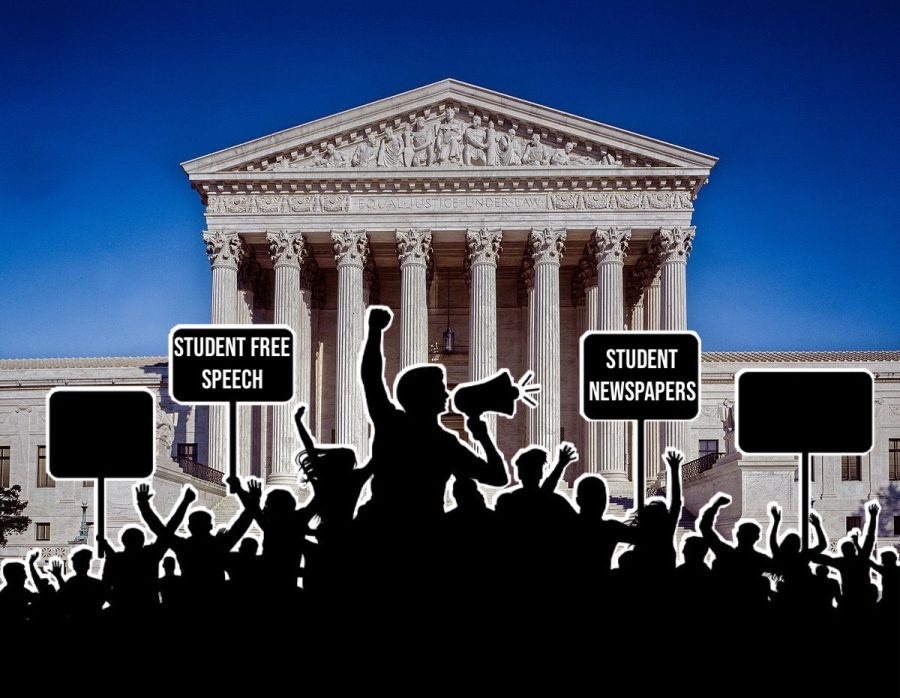


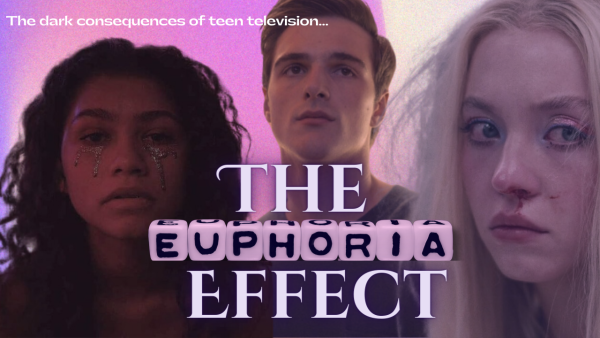
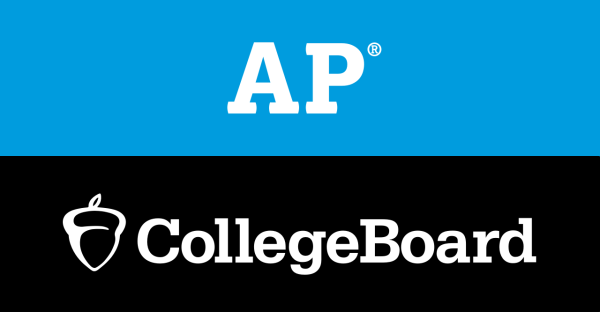
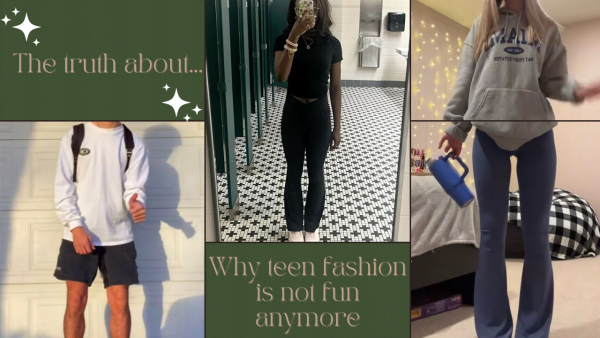
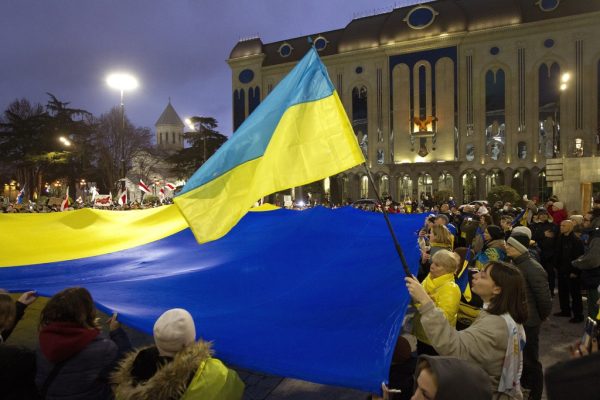
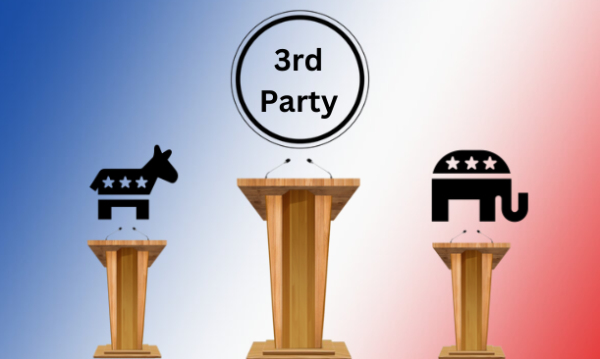
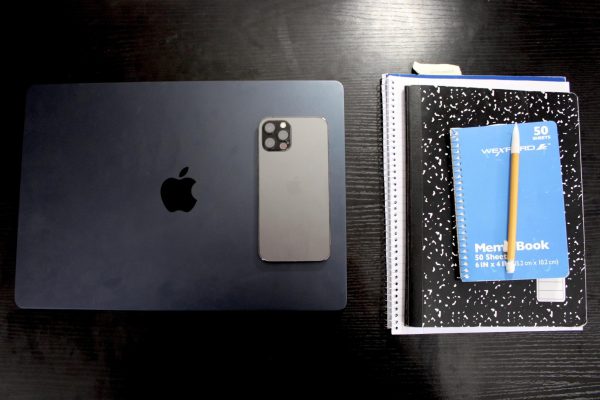
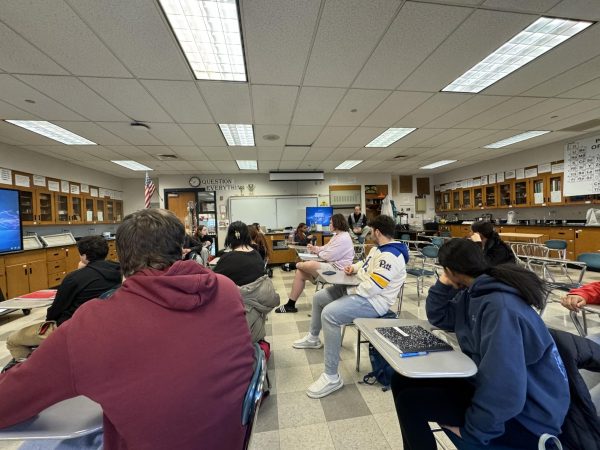
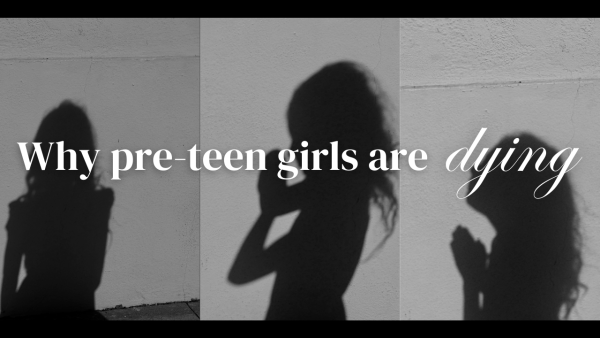
Ethan Fox • Oct 28, 2021 at 12:43 pm
I enjoyed the article very much. The topic of the First Amendment has been a debate between classmates and authority figures for a long time, and this article informed me more of it. Thank you.
Brian Haley • Oct 3, 2021 at 1:42 pm
well done article. Thank you for bringing this to the attention of our school. I 100% agree with the USSC decision and also question the other school decisions to censor student newspapers. But I am worried about young people and the cesspool known as social media. It is a very difficult area to regulate under the 1st Amendment.